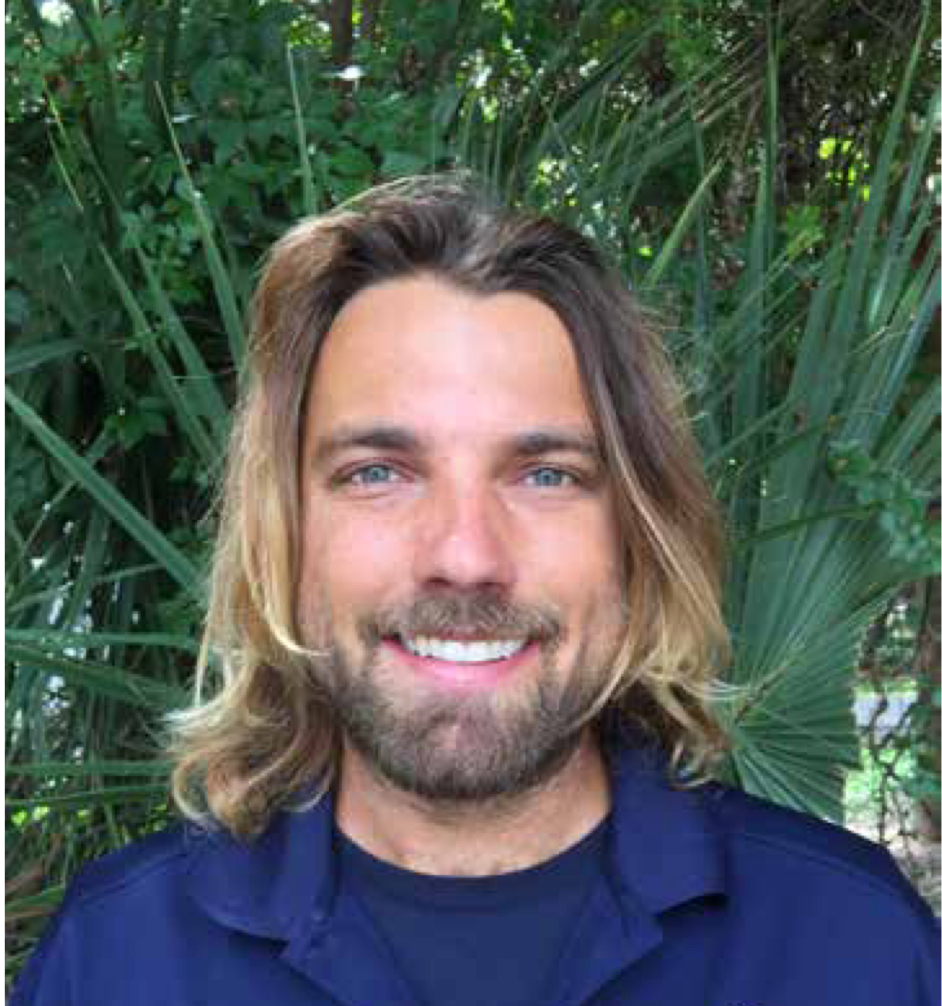The following remarks were delivered by BTT Florida Keys Initiative Manager Dr. Ross Boucek at the February 19 FWC Commission meeting. Dr. Boucek spoke on the agenda item: Florida Keys Marine Sanctuary’s Restoration Blueprint.
Good morning Chairman and Commissioners,
My name is Dr. Ross Boucek. I am a scientist for Bonefish & Tarpon Trust. I am here to advocate for a seasonal no fish closure at Western Dry Rocks. A seasonal fishing closure at Western Dry Rocks to protect spawning fish is not only necessary, but will result in bigger fish and more fish, and is the least amount of intervention possible to achieve such outcomes.
There are more people visiting the Keys than ever in history. Fishing technology is more advanced than it has ever been. On top of that, habitat loss from coral disease, poor water quality, and damage to our shallow waters have reduced our habitats capacity to recharge the next generation of fish. In short, we have more people fishing, with better gear, fishing for a smaller pool of fish. This is a scenario for rapid overfishing.
In fact, many of our managed species afforded harvest protection earlier in the decade are still showing signs of stress. Permit are a great example of this. In 2011, because of concerns of a declining numbers on the flats, FWC enacted a seasonal harvest closure during their spawn to protect the species. However, as you will hear, the population is still in decline. More recently, due to overfishing, mutton snapper bag limits and size limits were cut in half and raised by two inches. In the next decade of fisheries management in the Keys, more needs to be done to ensure our stocks are sustainable.
Letting fish spawn by protecting spawning aggregations from fishing is a scientifically proven way to sustainably manage fisheries when more needs to be done. Letting fish spawn by protecting their spawning aggregations from fishing allows those big breeder fish to reproduce at their full potential, maximizing the number of fish for the next generation. Second, it allows those big breeder fish to return to their home areas, which are fished by a much larger group of anglers. In short, letting fish spawn by protecting spawning aggregations from fishing will result in more fish and bigger fish.
In the Florida Keys, that spawning aggregation is Western Dry Rocks. Western Dry rocks is a multi-species spawning aggregation site; seven fishery managed species spawn there. There is no other place in the Florida Keys where we know that occurs. We know those fish that spawn at Western Dry Rocks, like permit and mutton snapper, migrate from afar to spawn there. From our permit tracking research, we know permit will migrate from their home flats up to 50 miles to Western Dry Rocks to spawn. Those 50 miles of flats make up the entire fishery for the 180 members of the Lower Keys Guides Association. We also know that many of those spawning permit that are hooked at Western Dry Rocks are eaten by sharks before they are landed, taking away fish that the Lower Keys Guides rely on for 10-11 months out of the year. The same story plays out with mutton snappers. Letting fish spawn at Western Dry Rocks will make more fish and bigger fish.
Learning from past experience, we know that a closure at Western Dry Rocks will work. We know that the closure of Riley’s Hump in the Dry Tortugas resulted in bigger fish and more fish in the surrounding area. Letting fish spawn by protecting spawning aggregations from fishing in the Caribbean and in the Northeast U.S. lead to the same outcome. A seasonal closure will protect fish when they are spawning, while allowing fishing when spawning fish aren’t there. This is a fair balance between marine use and conservation. We thank you for your time, and the serious consideration you are giving to such an important area.




